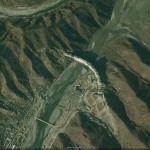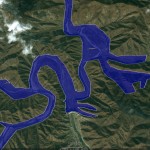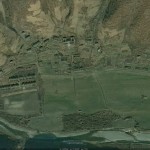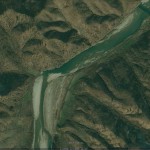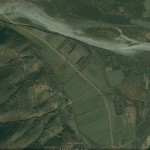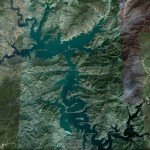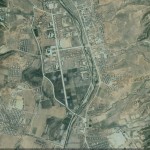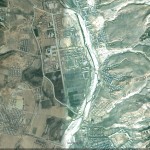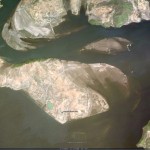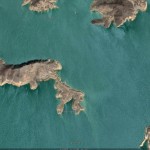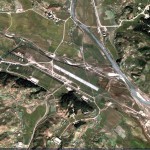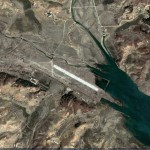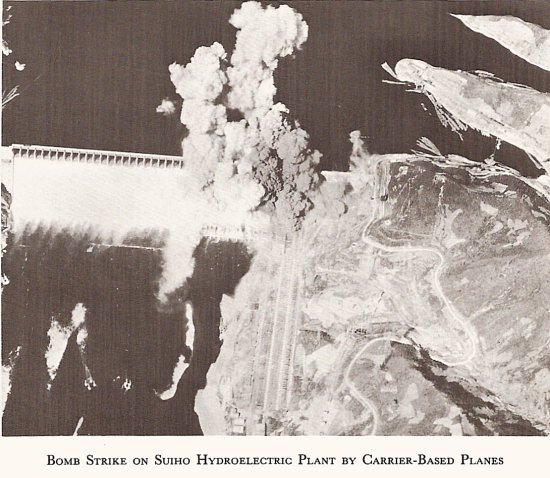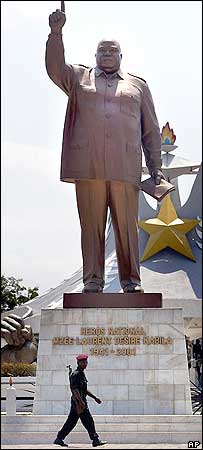According to Yonhap:
North Korea began discharging water from a dam near the border earlier this week without notifying South Korea, officials here said Wednesday.
Officials here in this Gyeonggi Province town, north of Seoul, said the North earlier this week opened the Hwanggang Dam near the Imjin River, which flows out to South Korea’s west coast, and has kept it open since.
“No damage has been reported around the Imjin River,” an official said. “We’re not concerned about (the water level of the river) yet.”
Officials said the water level on the Pilseung Bridge near the border, which serves as a gauge of North Korea’s water discharge, reached 4.49 meters as of 8 a.m. Tuesday, well over the warning level of 3 meters, and then fell to 4.03 meters at 4:20 p.m. Wednesday before inching back up to 4.04 meters by 5 p.m.
Officials said it usually takes 10 hours for water from the Hwanggang Dam to reach the Pilseung Bridge.
After the North Korean discharge, South Korea opened its Gunnam Dam to control the water level. The dam, which began operations last July, was specifically designed to capture flash floods from North Korea.
North Korea was hit by Typhoon Meari this week, officials added, suggesting that a sudden rise of the water level there might have forced the discharge.
It is the same dam that North Korea opened without prior notice in September 2009. The ensuing flash flood claimed six South Korean lives. At a later inter-Korean meeting on flood control, North Korea expressed regret over the incident and vowed to give prior notice before future discharges.
Last year, North Korea also sent water from the Hwanggang Dam and did notify officials here through the military communication line. The water near the Pilseung Bridge rose to 8.67 meters, but the Gunnam Dam helped prevent damage along the Imjin River.
An official said the local authorities were remaining on guard.
“The water level can surge suddenly,” a local official said. “In 2009, when six South Koreans were killed, the level on the Pilseung Bridge was 4.69 meters. So we’re closely monitoring the situation.”
Additional Information:
1. The South Korean government has also warned its people to be on the lookout for land mines that wash downstream from the DPRK. See here and here.
2. Read about the 2009 Hwanggang Dam incident here.
3. Here is an older satellite image of the dam (Google Maps).

